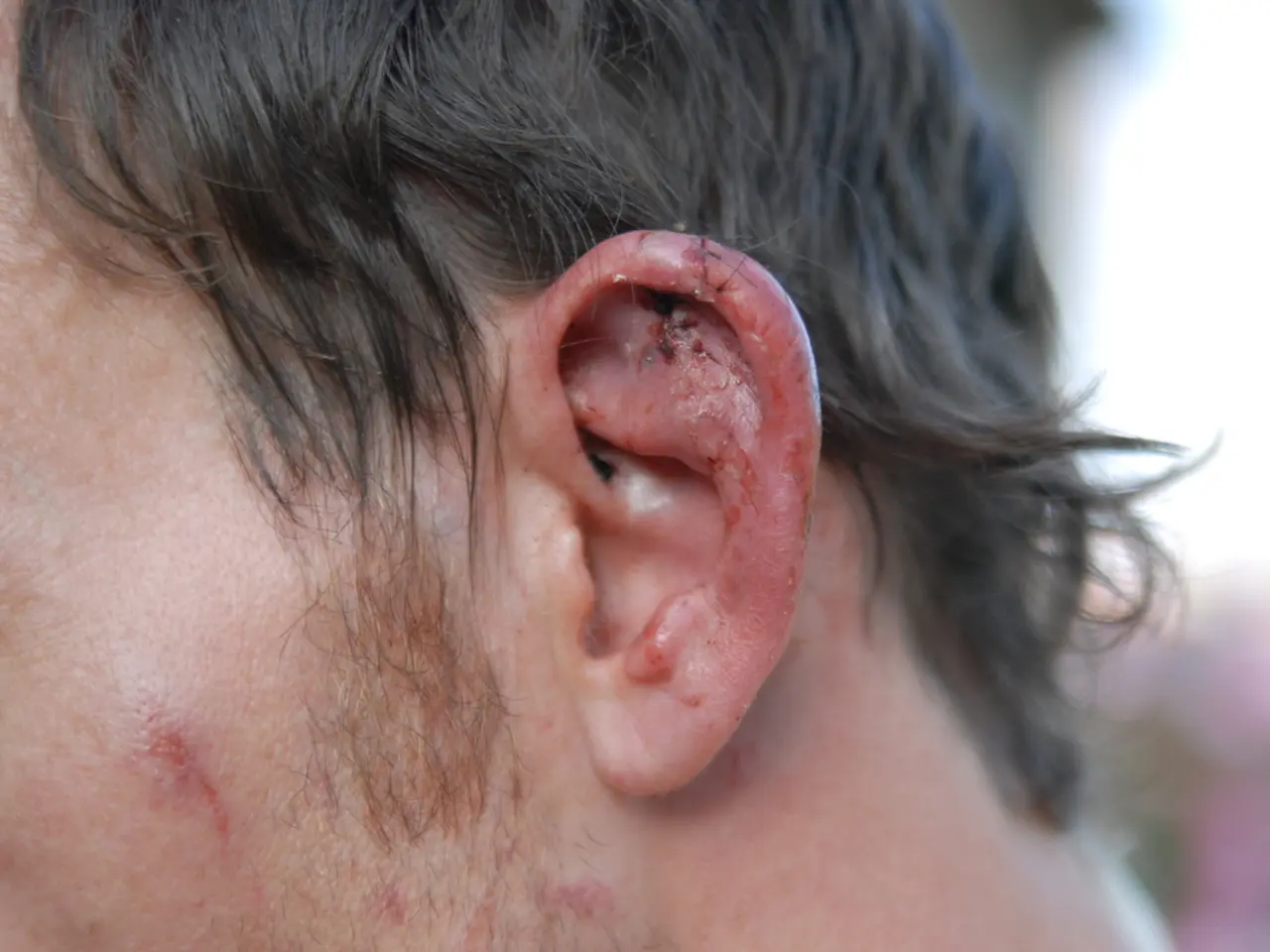Blood Fear (Hemophobia): Signs, Origins, and Remedies
In a world where blood is an essential part of life, some individuals experience an irrational fear known as hemophobia. This specific phobia, which belongs to a group of five types, is an abnormal and persistent fear of blood.
Hemophobia is more prevalent among women than men. The root cause of this fear often stems from direct trauma involving blood, especially during childhood or adolescence. Traumatic experiences can increase the risk of hemophobia, with vicarious trauma and having close relatives with the condition also being potential factors.
The symptoms of hemophobia can be both emotional and physical. When encountering blood, individuals with hemophobia may experience feelings of panic, trouble breathing, rapid heart rate, sweating, fainting, and even nausea. In severe cases, they may also experience chest pain, confusion, dizziness, and a strong desire to escape the situation.
Cognitive Behavioral Therapy (CBT) plays a significant role in treating hemophobia. This therapeutic approach helps individuals stop panic reactions to blood and regulate their emotions. By recognizing and changing negative thought patterns related to the phobia, CBT empowers individuals to confront their fears.
Exposure therapy, another essential component of CBT, gradually desensitizes individuals to the fear stimulus. This can involve visualization exercises or direct exposure to blood in a safe environment. Relaxation methods, such as diaphragmatic breathing, progressive muscle relaxation, meditation, and yoga, are also beneficial. These techniques help reduce physiological anxiety symptoms like elevated blood pressure and heart rate, promoting calmness when facing the feared trigger.
In some cases, medication may be prescribed to manage acute anxiety, but these are typically used short-term and under medical supervision due to potential side effects.
Teletherapy options and professional behavioural health programs are available, often tailored to the individual's severity and needs. These programmes may incorporate a combination of the above techniques to provide comprehensive treatment.
It's important to note that hemophobia can lead to avoidance of necessary medical or dental treatments due to the extreme fear of blood. This can have serious implications for an individual's health.
In conclusion, hemophobia is a complex fear that requires understanding and treatment. With the right support and treatment, individuals can learn to manage their fear and live a life free from the constraints of their phobia.
Scientists are exploring contextual aspects of hemophobia, aiming to expand our understanding of this specific phobia within health-and-wellness and mental-health studies. Paxlovid, a new antiviral drug, doesn't directly address hemophobia but could potentially alleviate symptoms in individuals with severe anxiety if used under medical supervision. Mental health professionals often employ Cognitive Behavioral Therapy (CBT) and exposure therapy, creating customized treatment plans that cater to the individual's level of severity and needs. These therapies help people with hemophobia reframe negative thoughts related to blood, enabling them to cope more effectively with the fear.




